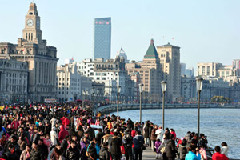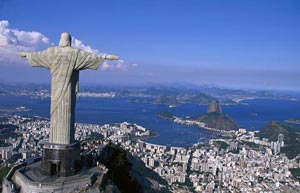PE investors trickling back
By ALFRED ROMANN in Hong Kong (China Daily) Updated: 2014-03-03 03:55The environments in the other large markets in the region have a variety of outcomes.
 |
Of course, the KDB is a competitor to the PE outfits, but even with government help, there are plenty of companies looking to shore up their balance sheet.
Another developed market, Japan, remains a hard nut to crack.
"Japanese private equity is almost non-existent. It is a very underdeveloped area," says Haig Oghigian, partner at international law firm Baker & McKenzie. "There are few players compared with private equity in the US, for example, or Europe."
Developing markets in the region offer the greatest opportunities, but need to persuade funds. Some have done so, but the investments are relatively low.
Last May, a consortium led by Warburg Pincus made the largest PE investment yet in Vietnam — a $200 million deal with Vingroup, to build shopping malls. It is the first investment in Vietnam by the company that has been in Asia since 1994. Lower inflation since mid-2012 is once again attracting investors.
But that is dwarfed by the investment that KKR made in China last October. The US firm bought a 10 percent stake in Haier Group, China's largest maker of white goods, for $550 million. It was one of a number of deals of that size.
ASEAN countries such as Malaysia and Singapore are doing well, say investors, but Thailand is less stable because of the political turmoil. Other markets are too small.
|
 |
 |
- NHTSA says finds no 'defect trend' in Tesla Model S sedans
- WTO rare earth ruling is unfair
- Amway says 2014 China sales may grow 8%
- President Xi in Europe: Forging deals, boosting business
- CNOOC releases 2013 sustainability report
- Local production by Chery Jaguar Land Rover this year
- Car lovers test their need for speed in BMW Mission 3
- China stocks close mixed Monday

















